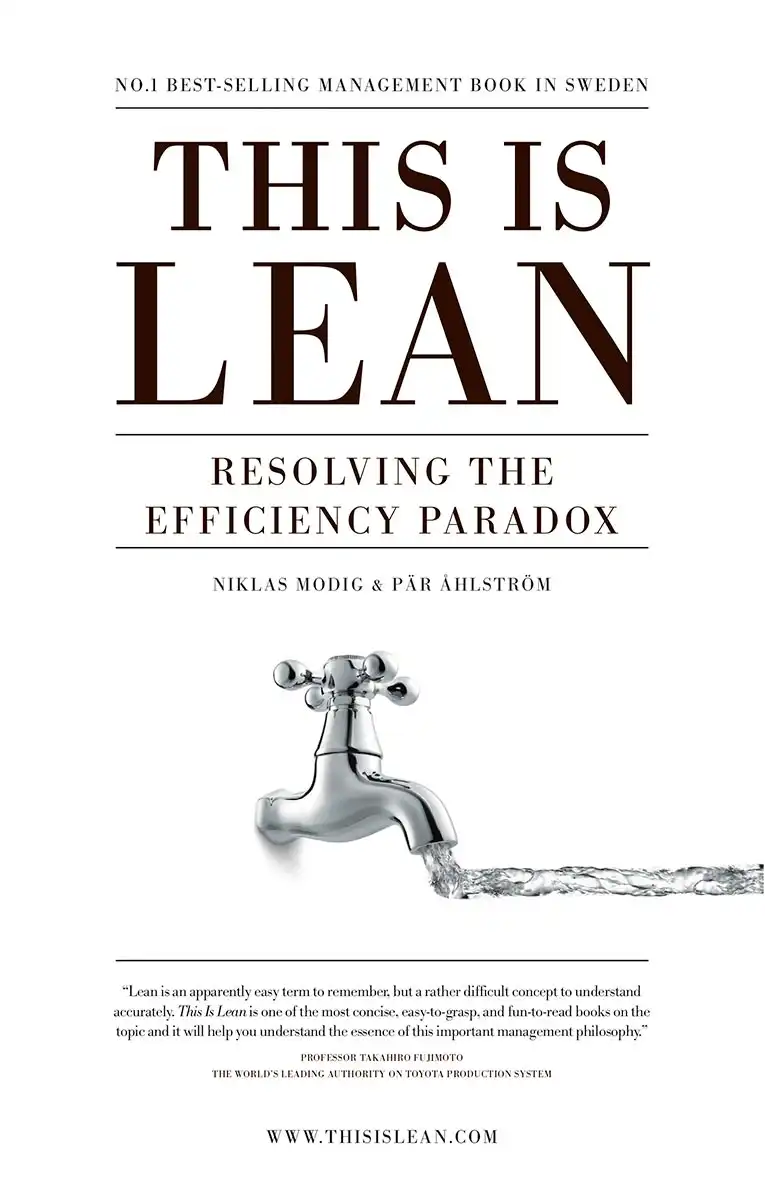Wednesday, October 15, 2025 • 6 min read
How to Overcome the Efficiency Paradox?


What if the real secret to performance wasn't speed, but flow?
In a previous article, I explained why some organizations become paradoxically less efficient by trying to optimize everything. In this new article, I propose a much more relevant alternative.
10 times faster
Juliette wants to buy an apartment. She needs a loan. She approaches a bank. Her file is then processed by different teams organized in skill pools:
- an advisor for file creation
- one for file analysis
- one for real estate expertise
- one for credit decision
- one for contract management
Each team processes files in their order of arrival. Specialized and efficient, they complete their part in less than 10 minutes. The waiting time between two steps is generally 1 or 2 days. To optimize costs, we ensure that teams are 100% occupied.
Sometimes, a team must request additional information or an additional document. It can happen that two different contacts ask Juliette for the same document. It's not very serious, her file is ready, she can easily send the concerned document again.
10 days pass between filing the application and the final response.
Joséphine also wants to buy the same apartment. She approaches a competing bank. A case manager is available to process her file. He is autonomous. He has direct access to document verification, an automated scoring engine. He also has access to a reference real estate expert in case of doubt. To ensure that the advisor and expert are generally available, they are less than 80% occupied.
The advisor is a generalist. He needs more time than a specialist to process each step. But decisions are made continuously, throughout the file.
24 hours pass between filing the application and the final response.
Juliette gets her response in 10 days. Joséphine in 1 day. Their respective experiences are very different.
The right time to introduce two indicators
Two indicators help characterize these differences. Resource efficiency on one hand and flow efficiency on the other.
For Juliette, they are calculated as follows:
- Resource efficiency = team occupancy rate = 100%
- Flow efficiency = actual work time / duration = 50 minutes / 10 days = 0.35%
For Joséphine, they are calculated as follows:
- Resource efficiency = team occupancy rate = 80%
- Flow efficiency = actual work time / duration = 2 hours / 24 hours = 8.33%
Juliette just experienced a system that prioritizes internal resource efficiency. Joséphine experienced a system that prioritizes flow efficiency.
It's all a matter of perspective and strategy
From an internal view, the productivity of teams, occupied at 100%, is superior to that of the bank that occupies its teams at 80%.
But from the customer's view, their perception is quite different. Joséphine's bank is 10 times more efficient than Juliette's bank.
Each organization is free to choose which indicator to prioritize. It's their strategic positioning that determines it. Schematically, an organization focused on its customers and premium services with high added value will prioritize flow efficiency. An organization focused on internal cost optimization and economies of scale will prioritize resource efficiency.
The next time you wait in the doctor's waiting room or in the boarding corridor at the airport, you may have a different perception of this strategic positioning.
When you choose the wrong indicator and priority
Flow efficiency is therefore a measure of the amount of added value transfer, from the organization to the customer, over a given period. It's the density of this added value transfer that allows the organization to live and finance itself. It takes a portion to continue existing and serving its customers. Without creating added value, no funding. It's simple and logical. Everyone already knows this.
But then why prioritize resource efficiency? Because it's simpler to focus on the internal point of view and already available indicators:
- my resources
- my deliverables
- my costs
- my deadlines
Added value is perceived by the customer. It's not defined internally. That's what makes it very difficult to evaluate. The customer doesn't think in terms of resources, nor deliverables. They think in terms of changes and impacts. The parameters to take into account are difficult to identify and measure because they're complex and multifaceted, with functional, social, and emotional components. Otherwise everyone would have the same car or the same smartphone (oops!).
Focusing on the customer and prioritizing their experience requires humility, curiosity, and empathy, to be able to always look from their point of view. You must accept that you know little, and that it's thanks to them that you learn.
For example, costs can be much more complex than the simple price of the service billed by the organization: half a day off, a replacement to arrange, travel time and transportation to pay for, a letter to mail, ...
And the opportunity costs we wanted to eliminate may have simply been transferred to the customer: they may have had to try 3 or 4 times before successfully requesting my services? Contact details difficult to find, unclear or outdated instructions, form not working from mobile and requiring being in front of a computer at home, a missed deadline and its consequences, ...
All these details tell human stories. And when we don't hear them, we don't understand the customer. And when we observe their frustration, we have no leverage to correct.
So it's simple, let's optimize both
Can an organization optimize both, aiming for maximum use of its resources, at 100% while creating value continuously?
The short answer: in theory yes, but in reality, it's impossible.
The long answer: this is the subject of a new article.
Going Further
If you want to know more, I recommend reading this book:

This is Lean
By Niklas Modig and Pär Åhlström
This book brilliantly explains the difference between resource efficiency and flow efficiency. Through clear examples and engaging storytelling, it demonstrates why focusing on flow efficiency leads to better outcomes for both customers and organizations.
The key insight: organizations often optimize for keeping resources busy (resource efficiency) when they should optimize for smooth value flow (flow efficiency). This fundamental shift in thinking is at the heart of Lean.
I've already recommended and given it to countless friends and colleagues.
Learn more about the book →If you don't like reading, call me. I love discussing it.